Roll up! It‘s the Faro Modernist Weekend’s inaugural edition
Faro Modernist Weekend, a festival dedicated to midcentury architectural delights in Portugal’s Algarve, has just launched its first iteration
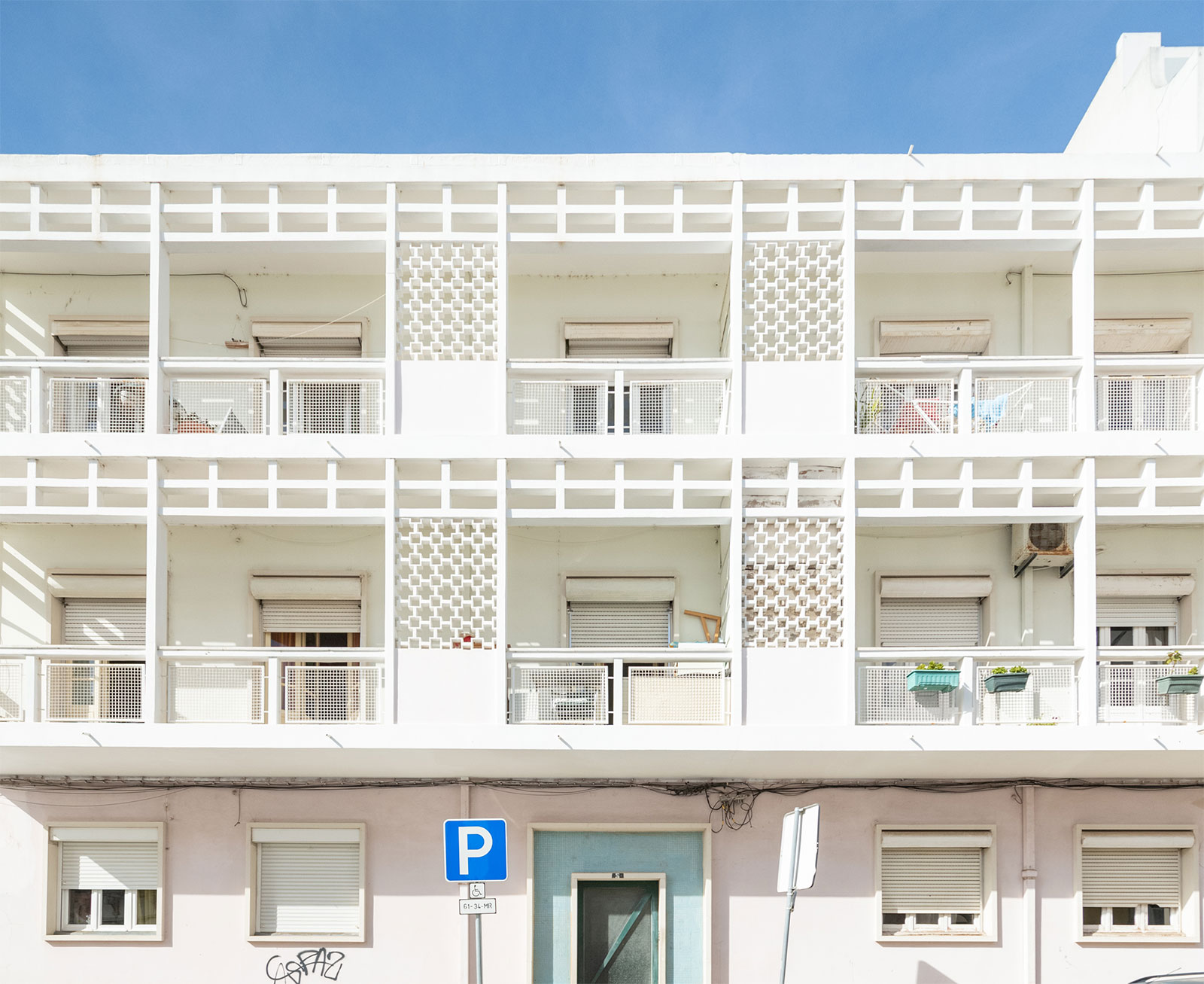
The inaugural Faro Modernist Weekend culminated with a celebrational dinner on 13 November at the Manuel Gomes da Costa-designed Aeromar Hotel on Faro Beach. Three Portuguese architects, Inês Almeida, Luis Fonseca, and Sara Natária, found themselves seated at the same table. They had met 20 years earlier at the Porto School of Architecture – where Pritzker Prize-winning Álvaro Siza and Eduardo Souto de Moura are prominent alumni – and were now reunited at the feast in Portugal's Algarve region.
They were joined by more than 60 attendees from all over Europe (and a few from the United States) for a three-day celebration of Faro’s modernist architecture, offering several walking tours and open houses. Most of the attendees were architects searching for inspiration – and projects.
Experience the Faro Modernist Weekend
The offerings include the atmospheric Hotel Aeromar – it's like a 1970s beach house conceived by David Lynch, with the area’s most prolific modernist architect, Manuel Gomes da Costa, attached to it. The suggestion that it would be a dream project for the likes of the Ace Hotel group prompted Almeida to look at Natária and playfully say: ‘She’s already calling investors.’
Wife-and-husband team Almeida and Fonseca are building a townhouse in neighbouring Alvor, and borrowing from a cooling technique that enhances many of the buildings we see on the walking tours: cobogós. These patterned concrete bricks create screens that protect from the sunlight and heat – abundant sunshine and a dearth of rainfall are the weather cycle here – and were on dazzling display during Faro Modernist Weekend. More examples include the Blue Tropical Building on Avenida 5 de Outubro, one of the city’s largest residential buildings in the early 1970s.

Modernist structure seen during Faro Modernist Weekend walking tour
Cobogós join Faro’s impressive display of other natural cooling methods, from designing the home around its orientation to the sun to using pilotis to extend the façade over the sidewalk and create shade, and second-skin façades.
'Manuel Gomes da Costa used to say: I am not a modernist; I’m a regionalist. Maybe you are a modernist when you graduate from a Le Corbusier school. Still, after that, you customise your projects to the place,’ says Christophe de Oliveira during one of the walking tours in front of Gomes da Costa’s private home (which resembles a Le Corbusier vision, but with palm trees). De Oliveira and his wife, Angelique de Olveira, founded Faro Modernist Weekend as a way to draw attention to the city’s collection of modernist architecture.
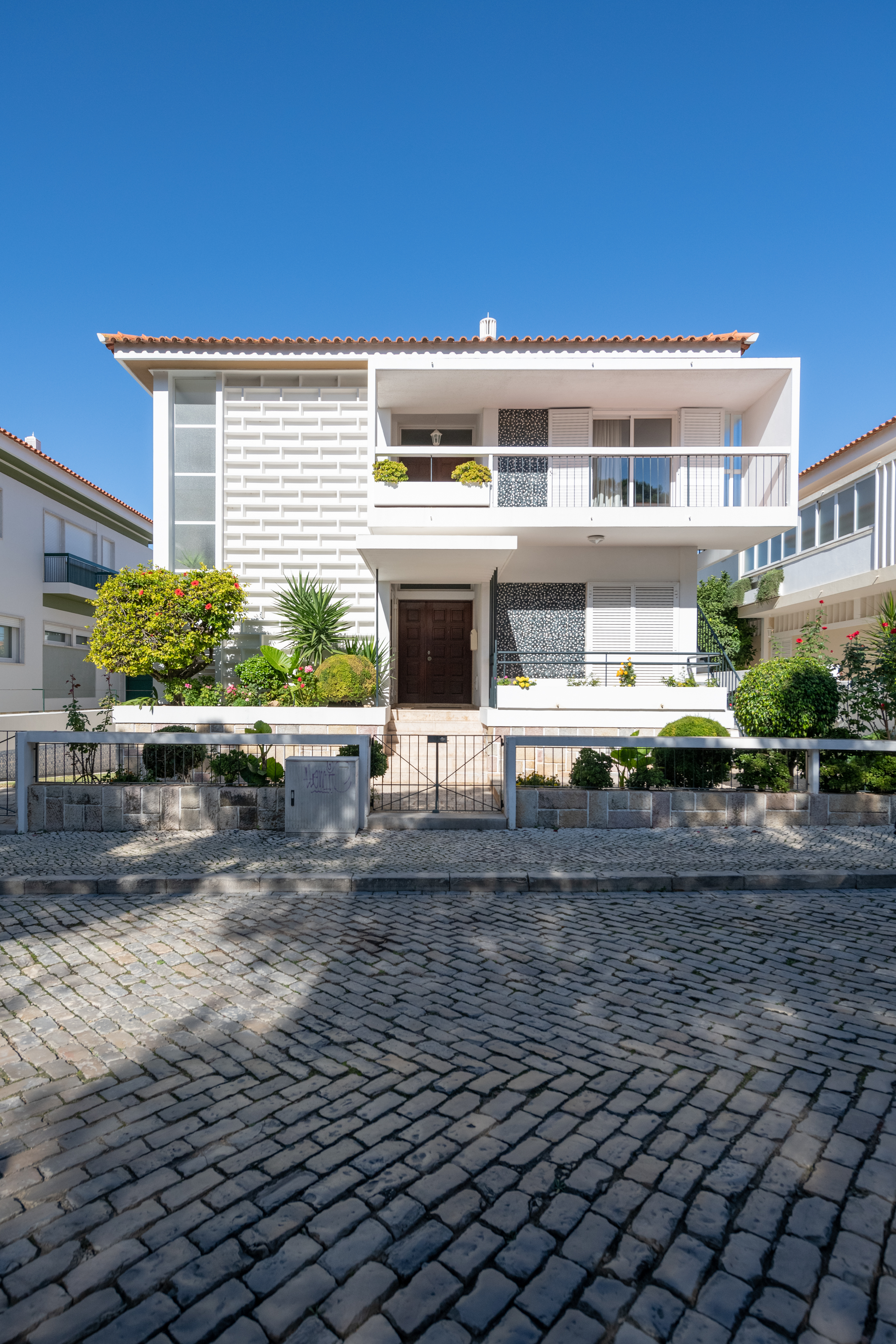
Gomes da Costa designed about 300 buildings in the area, adapting and perfecting techniques to the local conditions. He created Z-shaped stairs to prevent people from hitting their toes while stepping up, and he only worked in the afternoons (the mornings were reserved for his meditation and karate practices).
Wallpaper* Newsletter
Receive our daily digest of inspiration, escapism and design stories from around the world direct to your inbox.
On the second night of the weekend, the British artist Richard Walker stood before a collection of his paintings inspired by Faro’s modernist architecture; many are abstractions akin to Diebenkorn’s Ocean Park series. 'We must return to the past before we can move forward,' he said. It’s a pertinent thought, especially as architects look to buildings that use less air-conditioning, electricity, and heat to combat the effects of climate change.
The next night, at the final dinner, Almeida and Fonseca talked about their years working in Oslo and moving their firm, A-lab, to the Algarve. They’d like to use what they learned there in their new projects in Faro, such as prioritising wellbeing. Norwegian koselig meets Portuguese modernism: sounds wonderful.
FARO MODERNIST WEEK HIGHLIGHTS
The Modernist
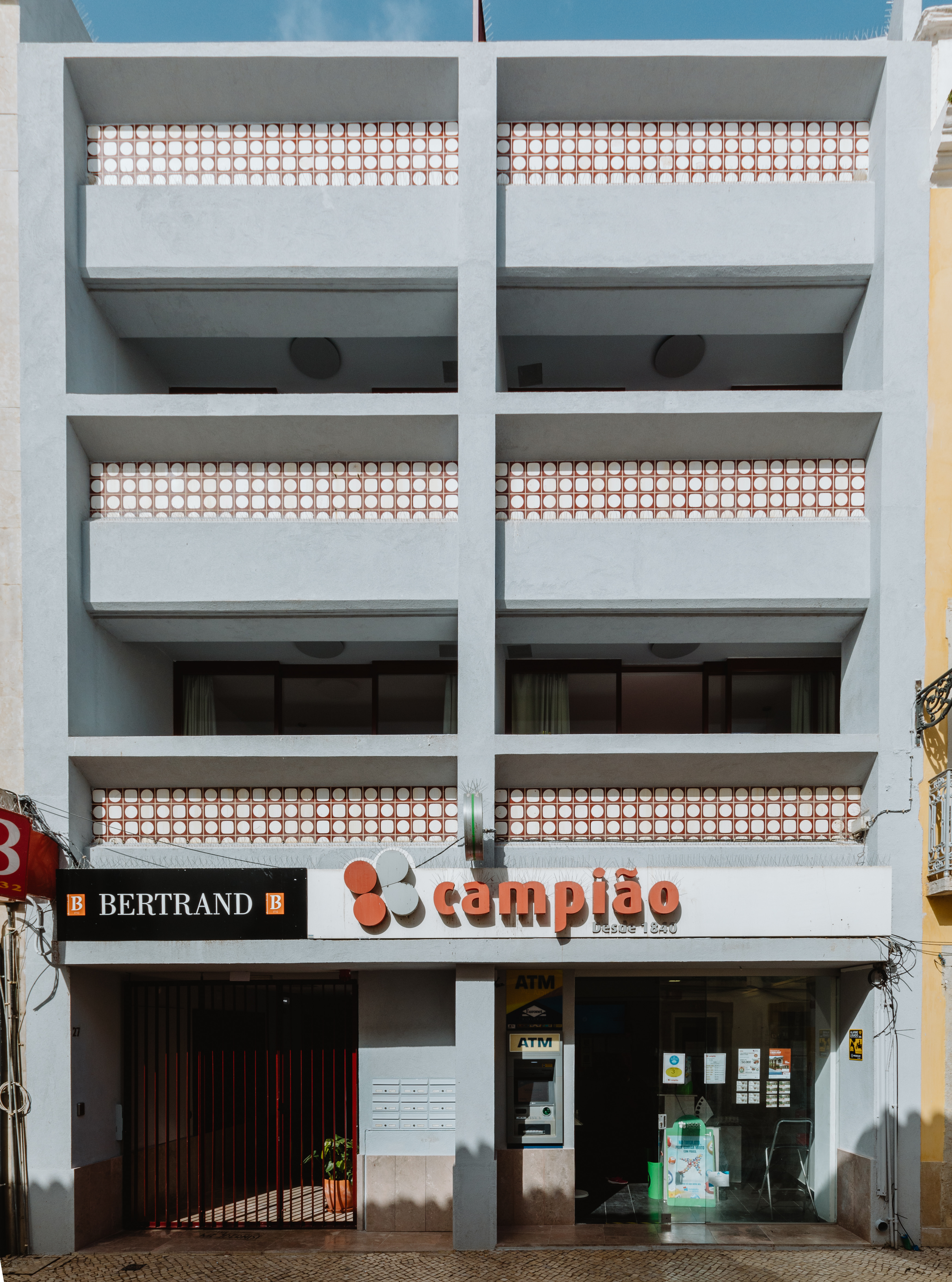
Built in the early 1970s by architect Joel Santana, this hotel was recently renovated by PAr. Geometric lines, a green marble block containing a stove, sink and storage, and Alvar Aalto-esque functional touches play nicely with a grassy central courtyard.
Edifício Tridente

Manuel Gomes da Costa completed this South Modernist building in 1979. It remains a sprawling icon of the Faro skyline, and is an excellent example of the trend of large, multi-use buildings built across Europe and the USA in the 1960s and 1970s.
Rio de Janeiro
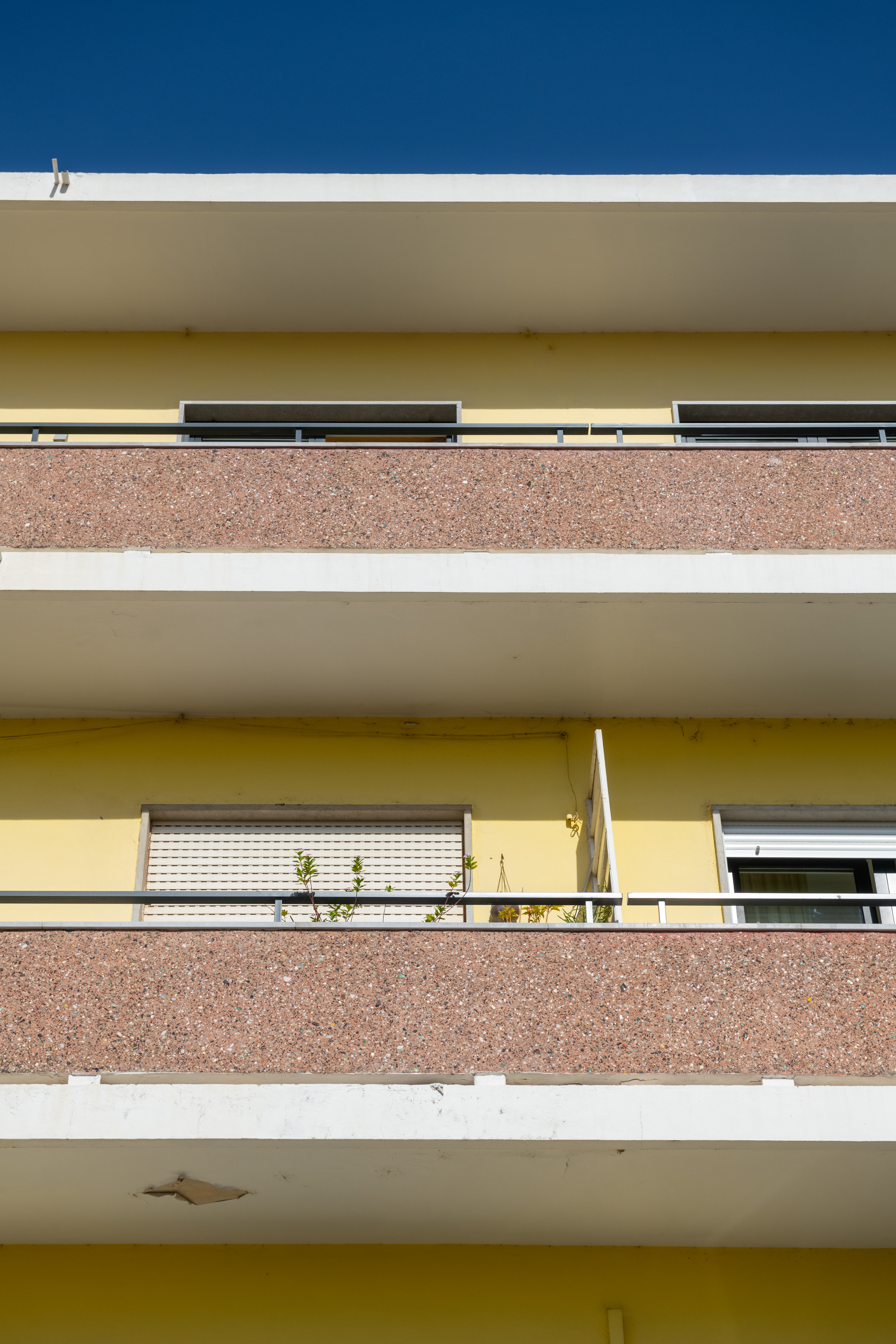
A wealthy Algarvian emigrant from Rio de Janeiro commissioned this building, desiring a building reminiscent of his home city, with Copacabana-style floor tiles, sandy parapet and a sunshine-coloured façade.
Casa Milagro
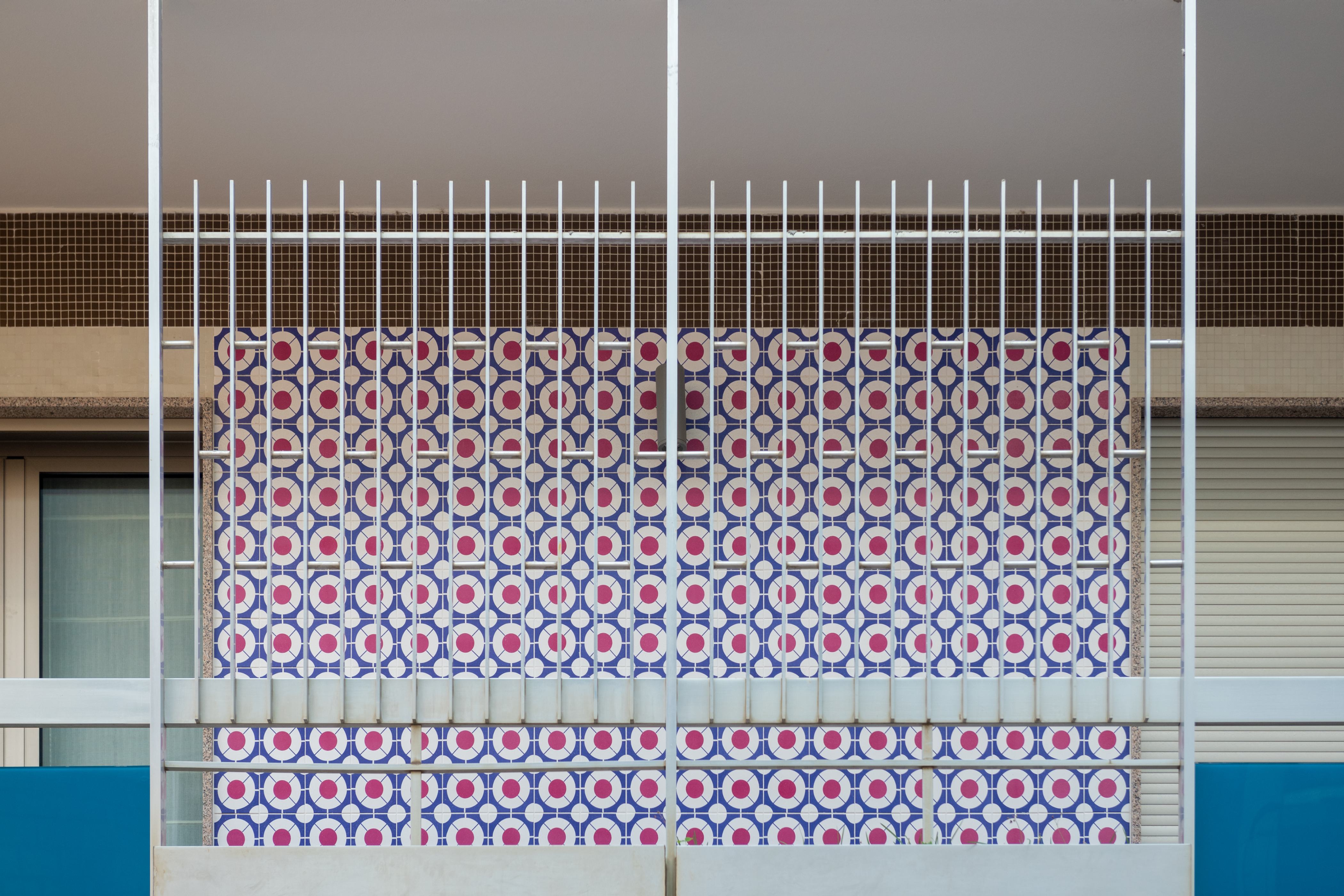
The first house designed by Manuel Gomes da Costa in Faro, it was rejected initially for its unusual design. Gomes da Costa created original azulejos (hand-painted Portuguese tiles) in each of his projects.
Manuel Gomes da Costa Atelier and House
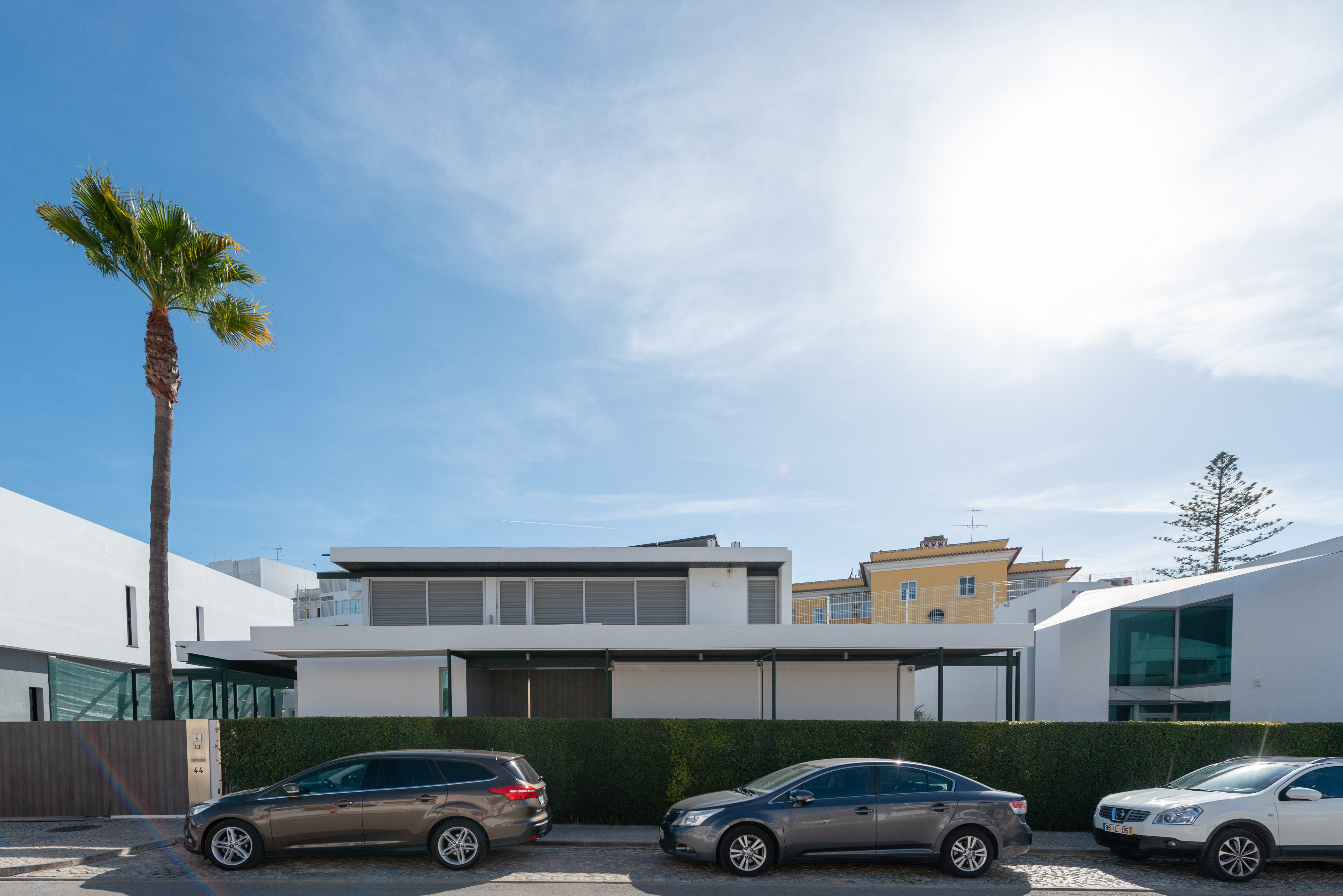
Of the prolific architect’s home, author Ricardo Agarez said: 'He wanted here to mix the peace of a Japanese garden and a minimalism inspired of Mies Van der Rohe.'
Stacy Suaya is a Los Angeles-based writer focusing on design, architecture, and travel. Her stories have appeared in New York Times Styles, New York Times T Magazine, New York Magazine, Architectural Digest, Los Angeles Times, and more.
-
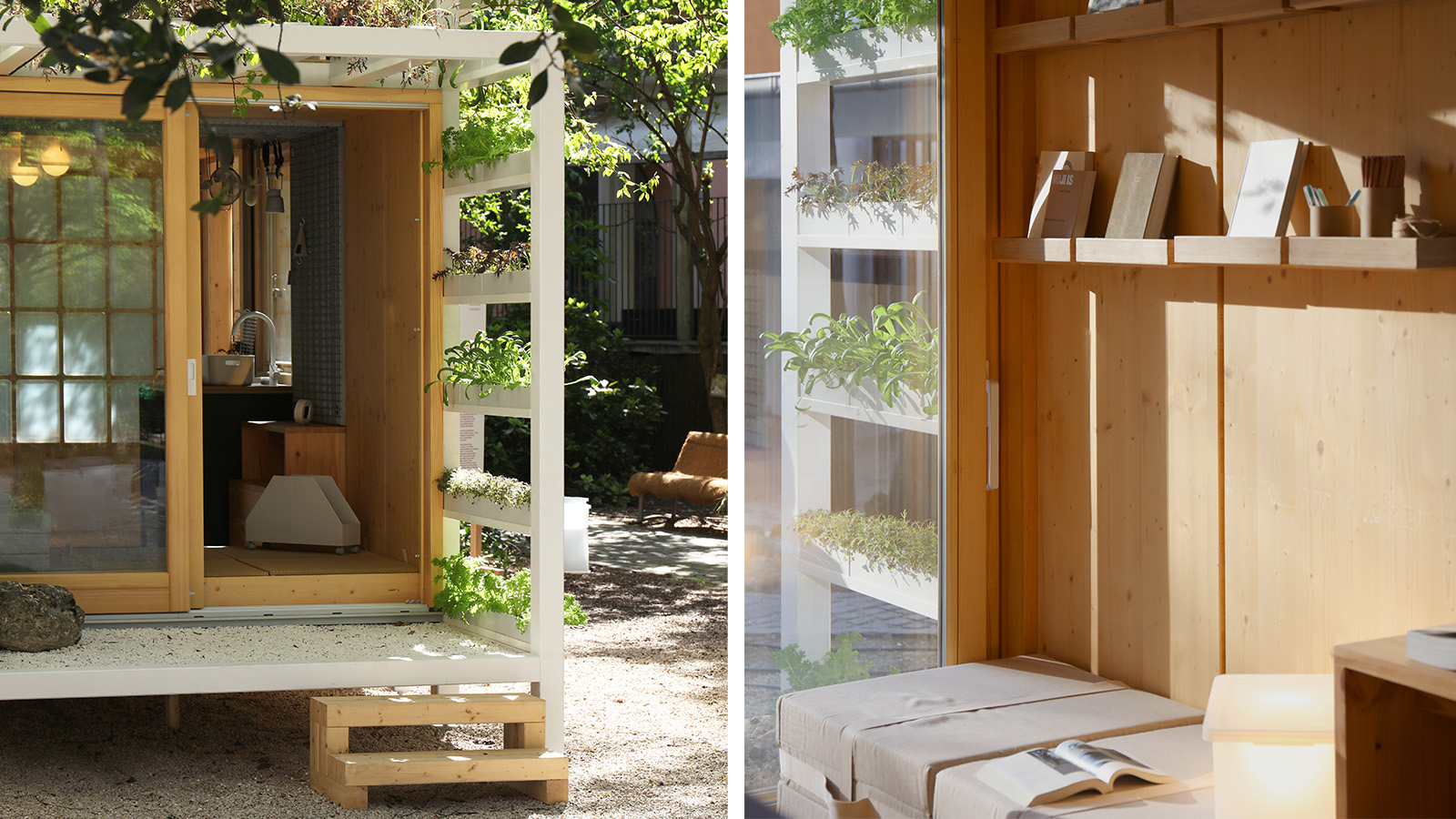 Japan in Milan! See the highlights of Japanese design at Milan Design Week 2025
Japan in Milan! See the highlights of Japanese design at Milan Design Week 2025At Milan Design Week 2025 Japanese craftsmanship was a front runner with an array of projects in the spotlight. Here are some of our highlights
By Danielle Demetriou
-
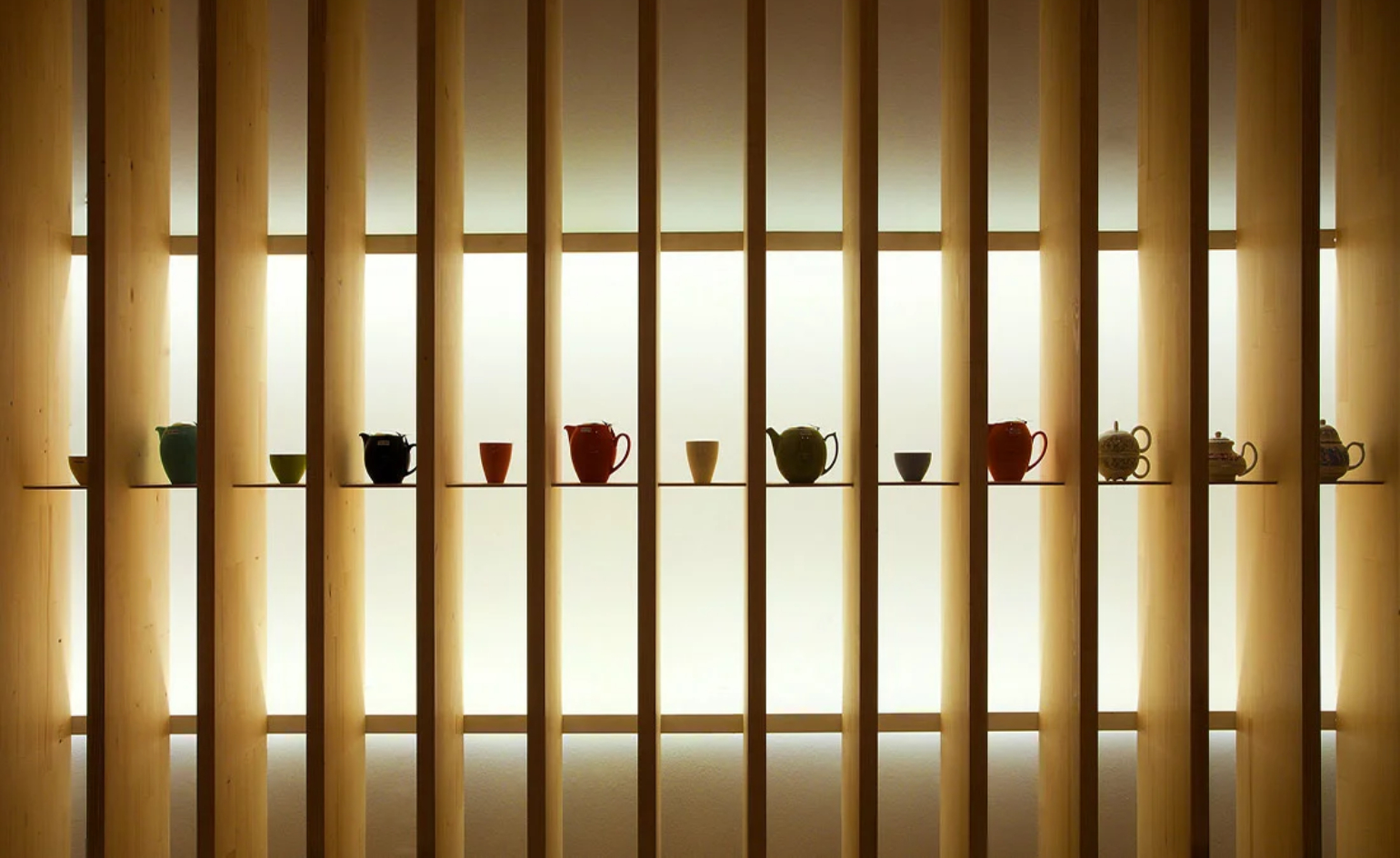 Tour the best contemporary tea houses around the world
Tour the best contemporary tea houses around the worldCelebrate the world’s most unique tea houses, from Melbourne to Stockholm, with a new book by Wallpaper’s Léa Teuscher
By Léa Teuscher
-
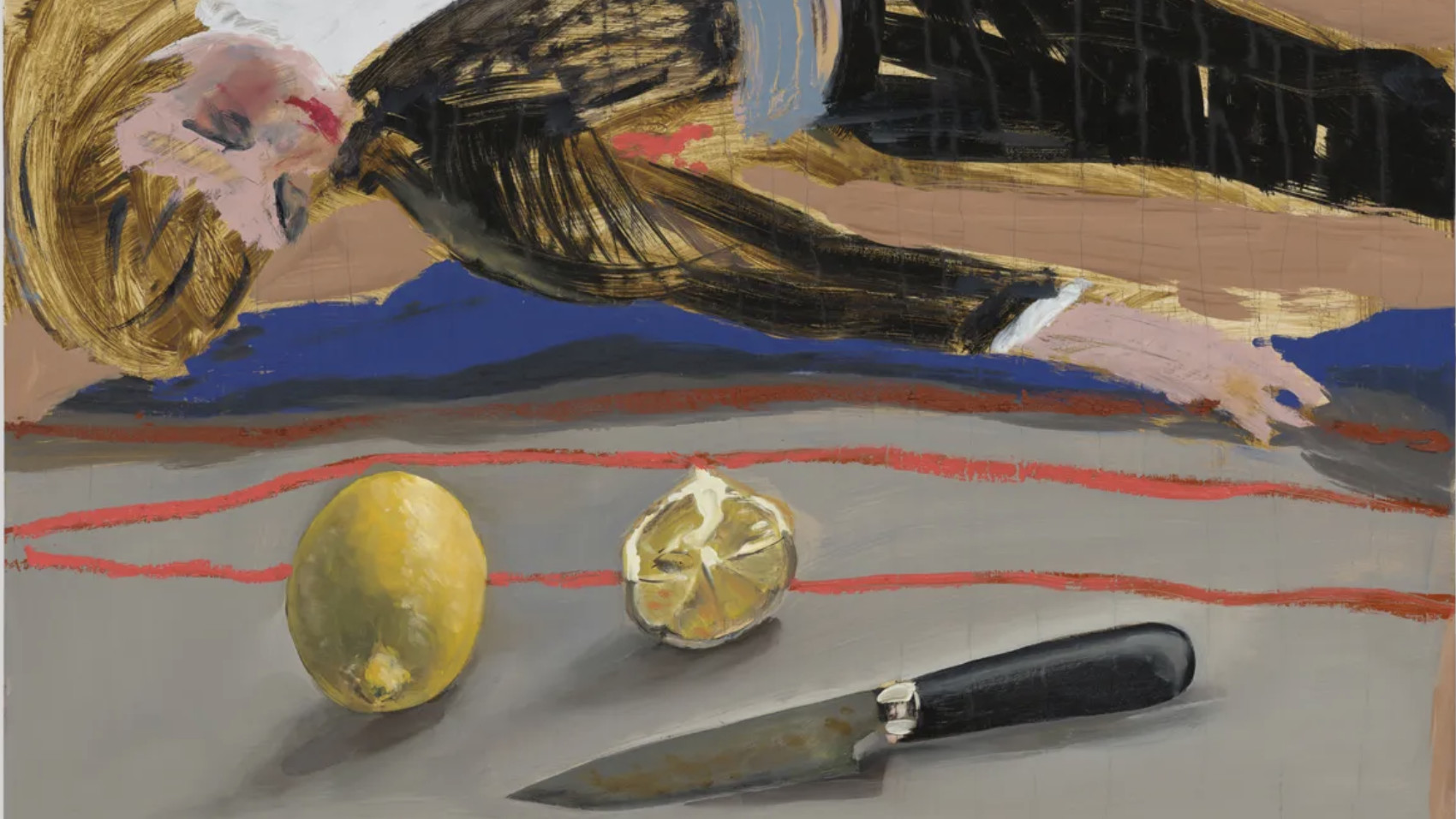 ‘Humour is foundational’: artist Ella Kruglyanskaya on painting as a ‘highly questionable’ pursuit
‘Humour is foundational’: artist Ella Kruglyanskaya on painting as a ‘highly questionable’ pursuitElla Kruglyanskaya’s exhibition, ‘Shadows’ at Thomas Dane Gallery, is the first in a series of three this year, with openings in Basel and New York to follow
By Hannah Silver
-
 Croismare school, Jean Prouvé’s largest demountable structure, could be yours
Croismare school, Jean Prouvé’s largest demountable structure, could be yoursJean Prouvé’s 1948 Croismare school, the largest demountable structure ever built by the self-taught architect, is up for sale
By Amy Serafin
-
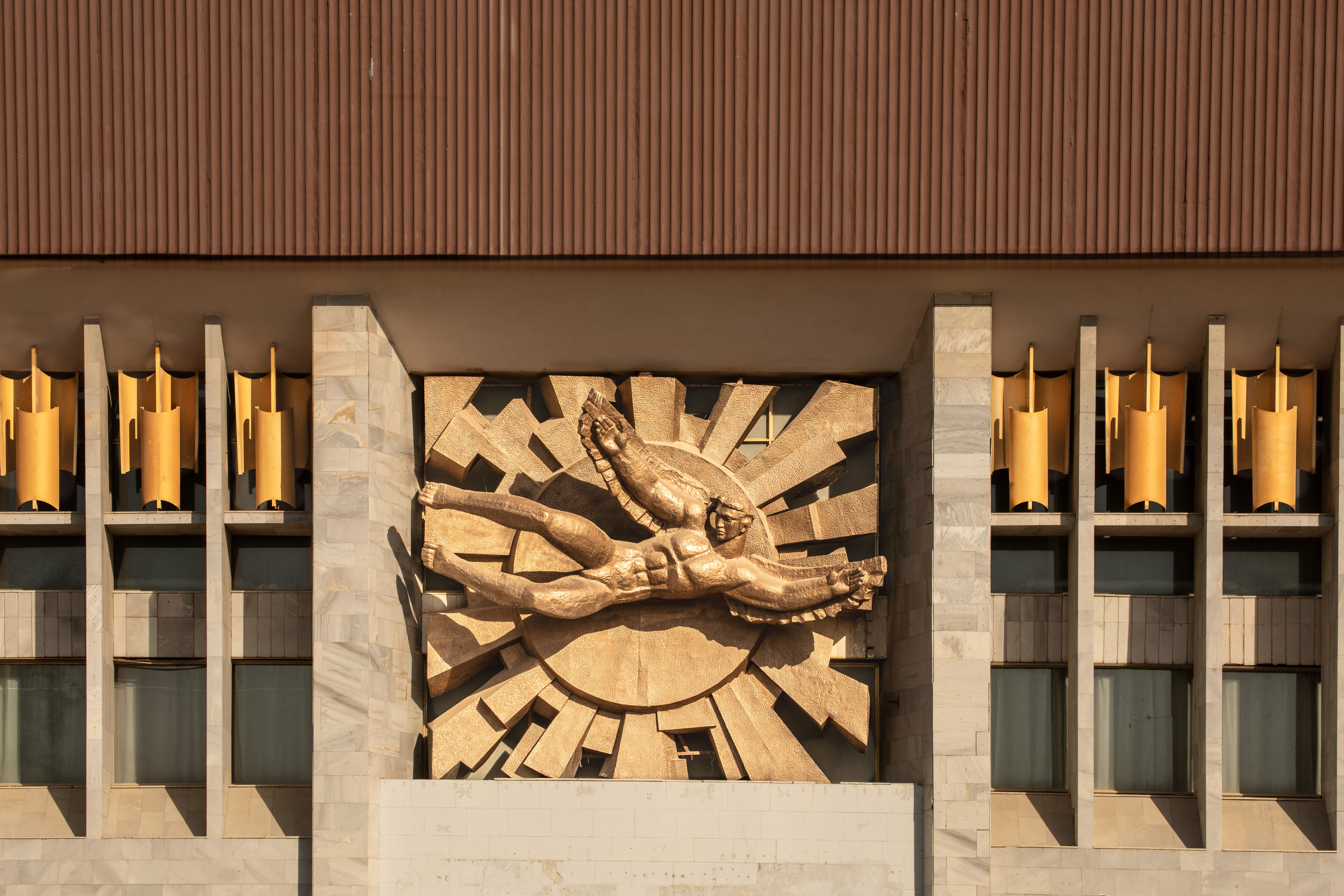 Jump on our tour of modernist architecture in Tashkent, Uzbekistan
Jump on our tour of modernist architecture in Tashkent, UzbekistanThe legacy of modernist architecture in Uzbekistan and its capital, Tashkent, is explored through research, a new publication, and the country's upcoming pavilion at the Venice Architecture Biennale 2025; here, we take a tour of its riches
By Will Jennings
-
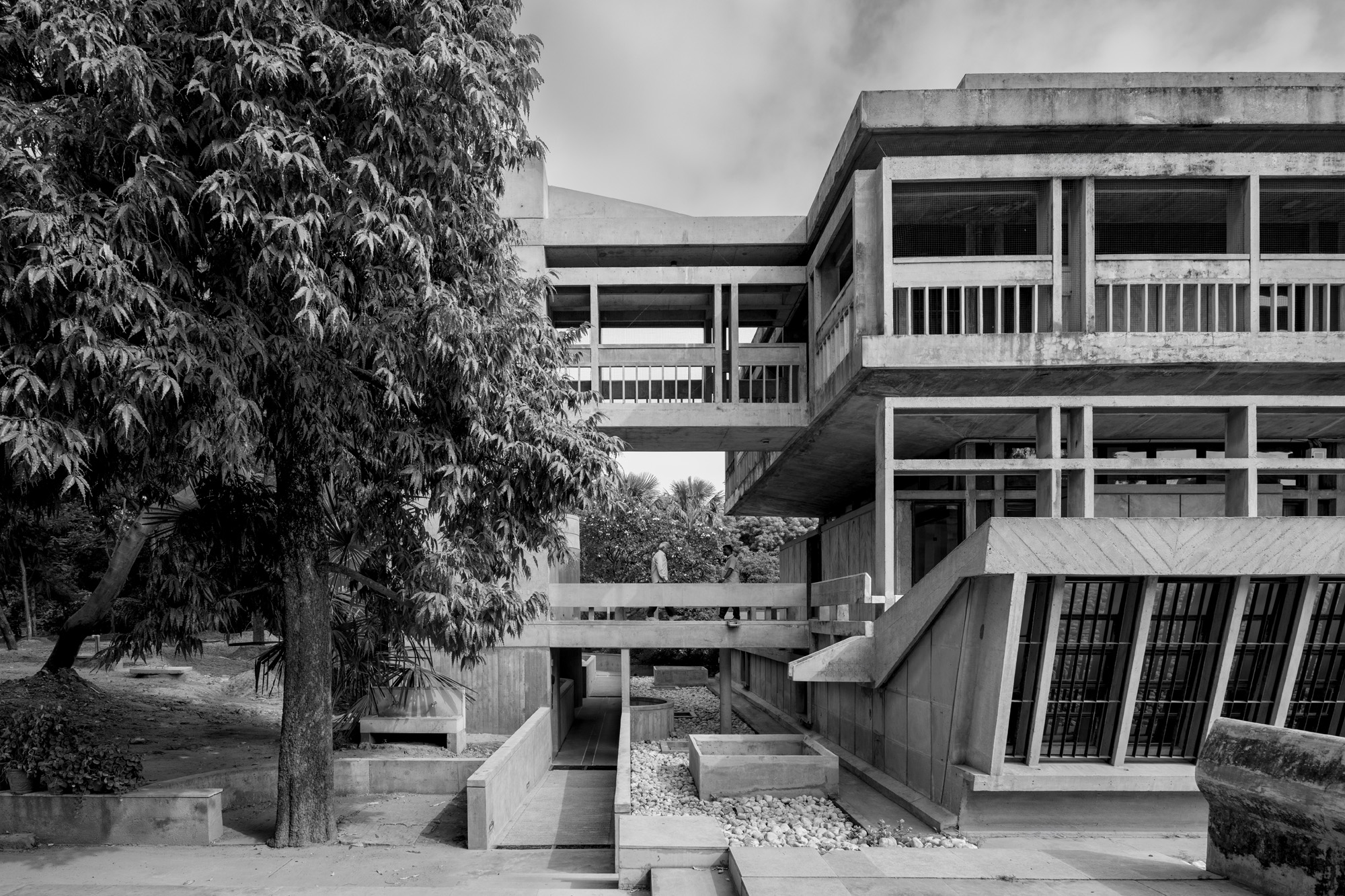 At the Institute of Indology, a humble new addition makes all the difference
At the Institute of Indology, a humble new addition makes all the differenceContinuing the late Balkrishna V Doshi’s legacy, Sangath studio design a new take on the toilet in Gujarat
By Ellie Stathaki
-
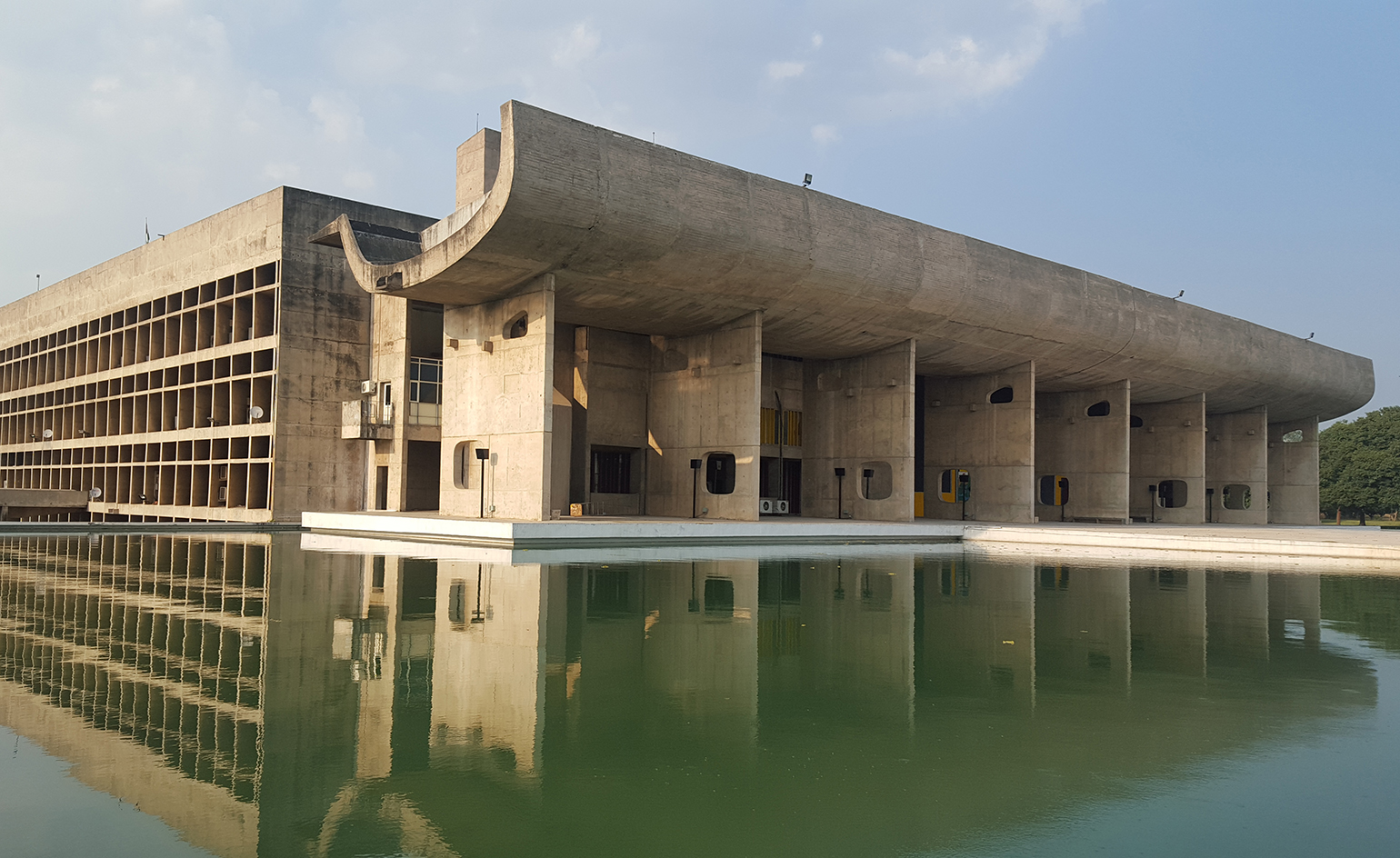 How Le Corbusier defined modernism
How Le Corbusier defined modernismLe Corbusier was not only one of 20th-century architecture's leading figures but also a defining father of modernism, as well as a polarising figure; here, we explore the life and work of an architect who was influential far beyond his field and time
By Ellie Stathaki
-
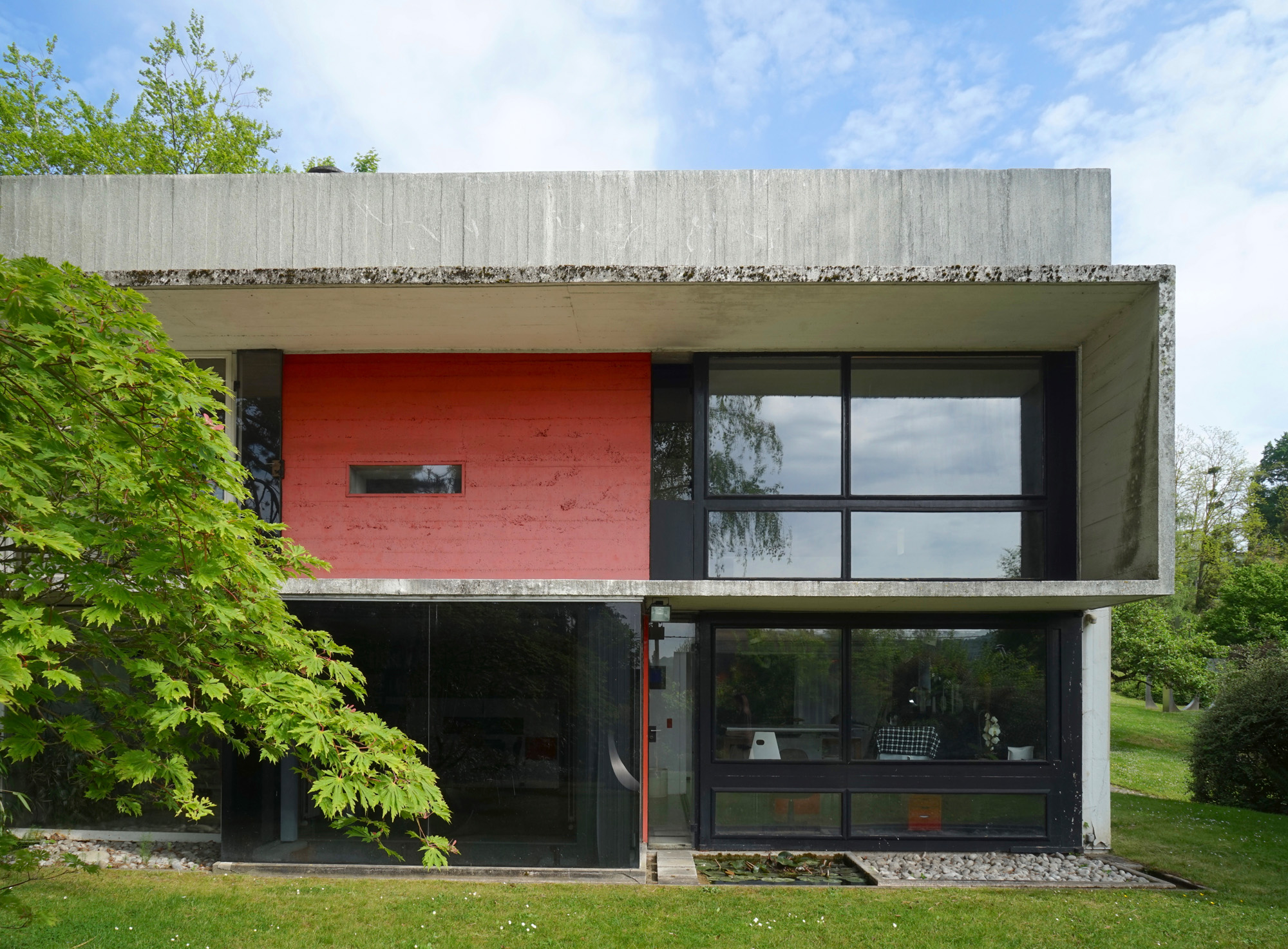 How to protect our modernist legacy
How to protect our modernist legacyWe explore the legacy of modernism as a series of midcentury gems thrive, keeping the vision alive and adapting to the future
By Ellie Stathaki
-
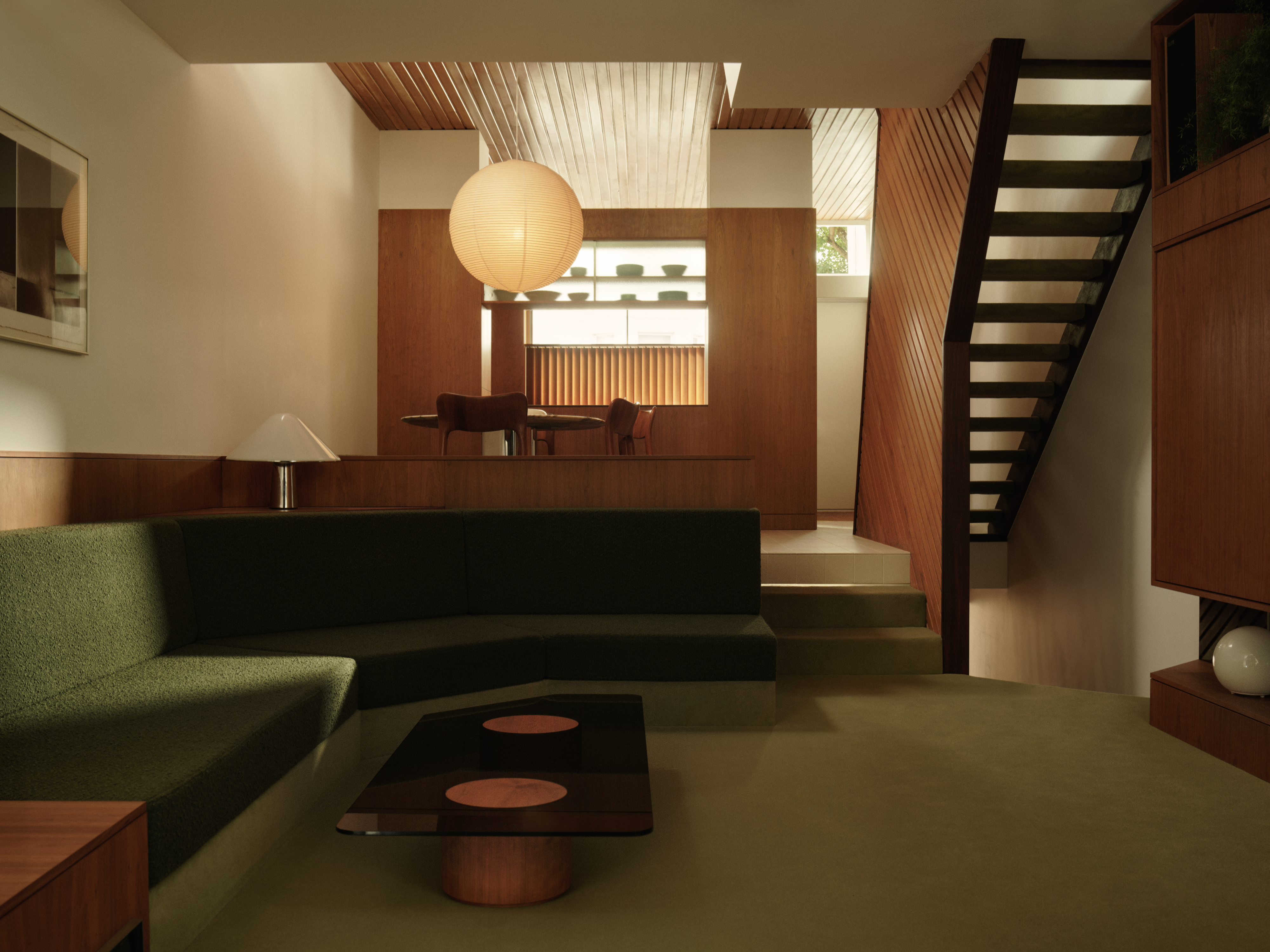 A 1960s North London townhouse deftly makes the transition to the 21st Century
A 1960s North London townhouse deftly makes the transition to the 21st CenturyThanks to a sensitive redesign by Studio Hagen Hall, this midcentury gem in Hampstead is now a sustainable powerhouse.
By Ellie Stathaki
-
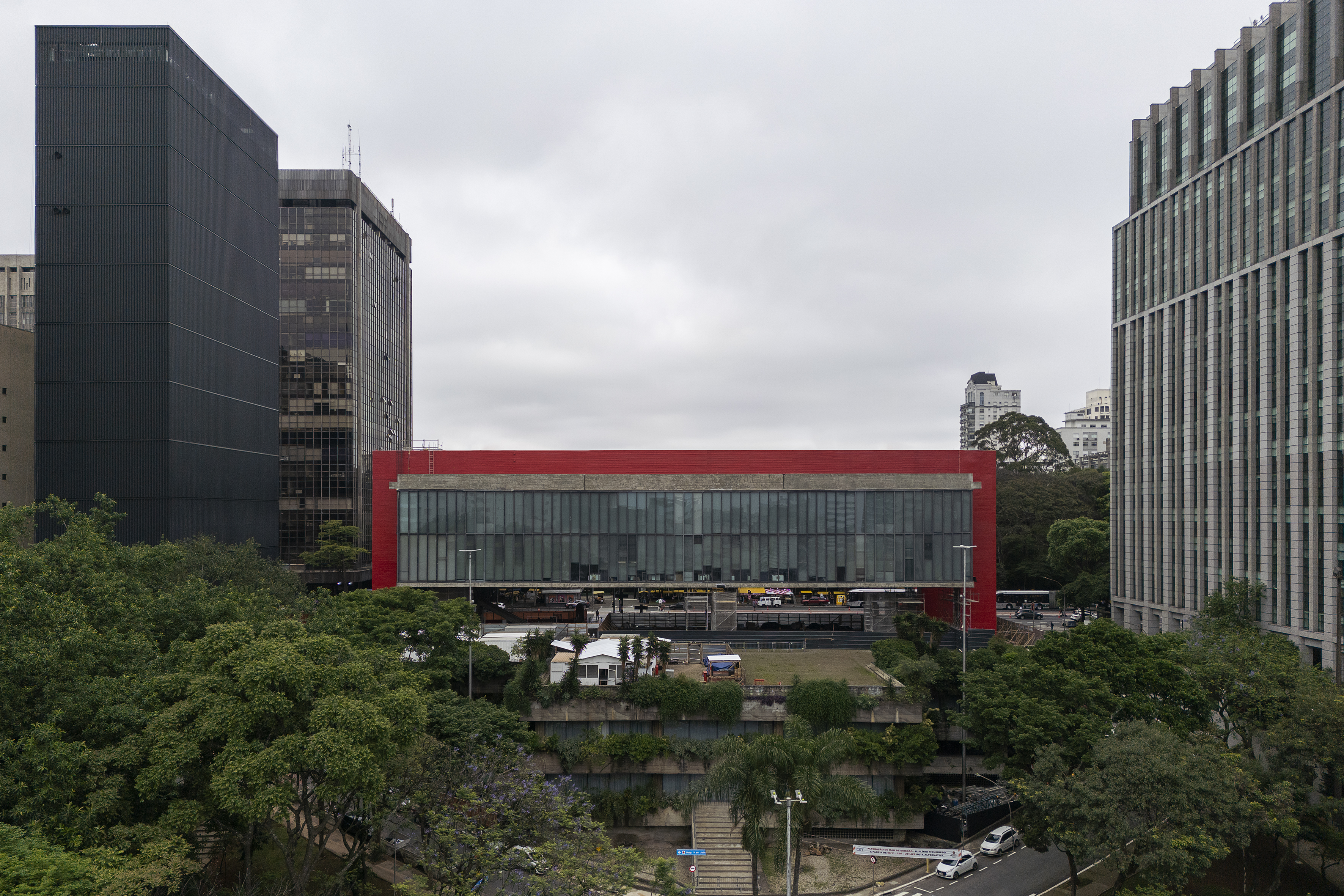 The new MASP expansion in São Paulo goes tall
The new MASP expansion in São Paulo goes tallMuseu de Arte de São Paulo Assis Chateaubriand (MASP) expands with a project named after Pietro Maria Bardi (the institution's first director), designed by Metro Architects
By Daniel Scheffler
-
 Marta Pan and André Wogenscky's legacy is alive through their modernist home in France
Marta Pan and André Wogenscky's legacy is alive through their modernist home in FranceFondation Marta Pan – André Wogenscky: how a creative couple’s sculptural masterpiece in France keeps its authors’ legacy alive
By Adam Štěch